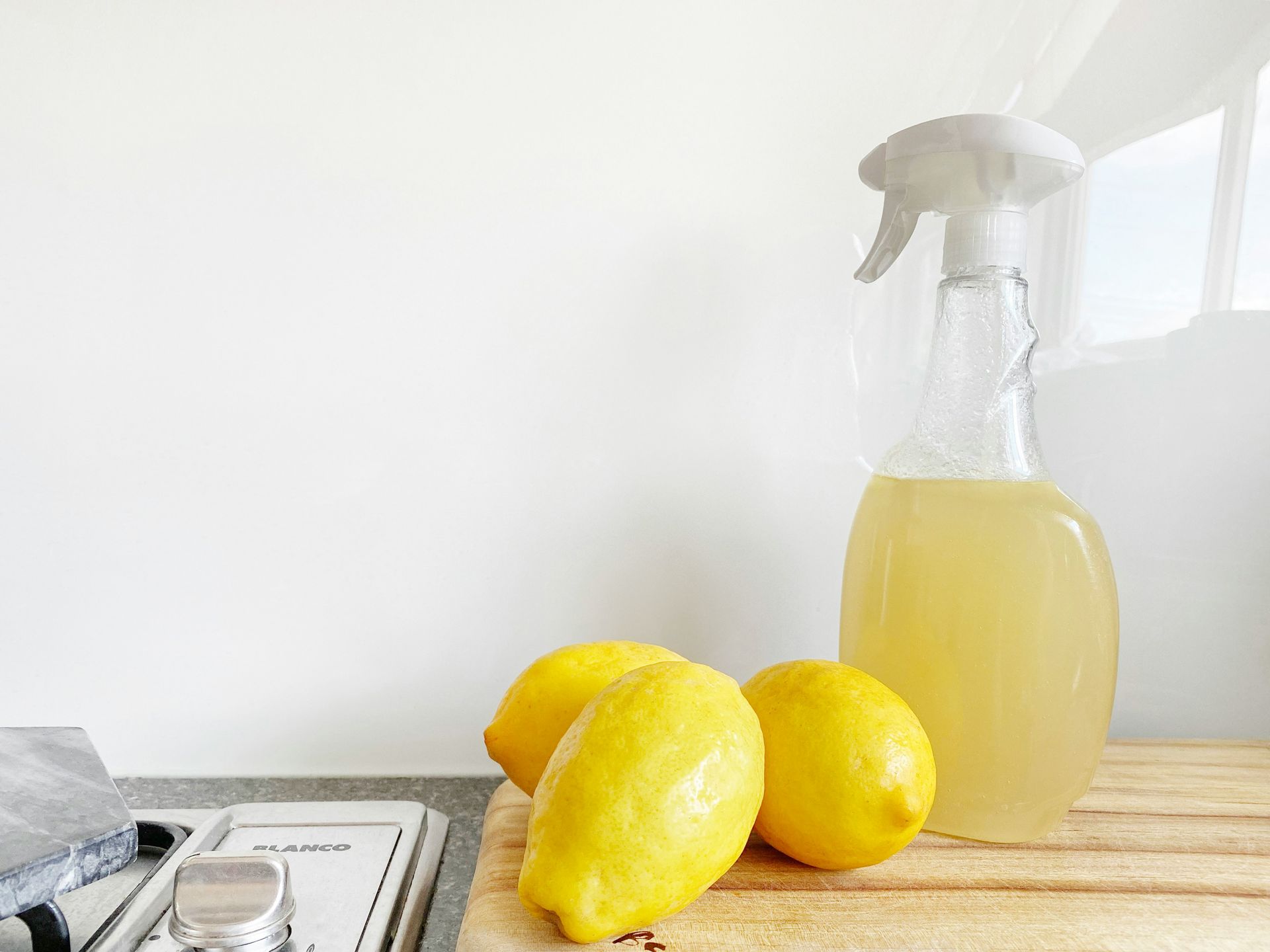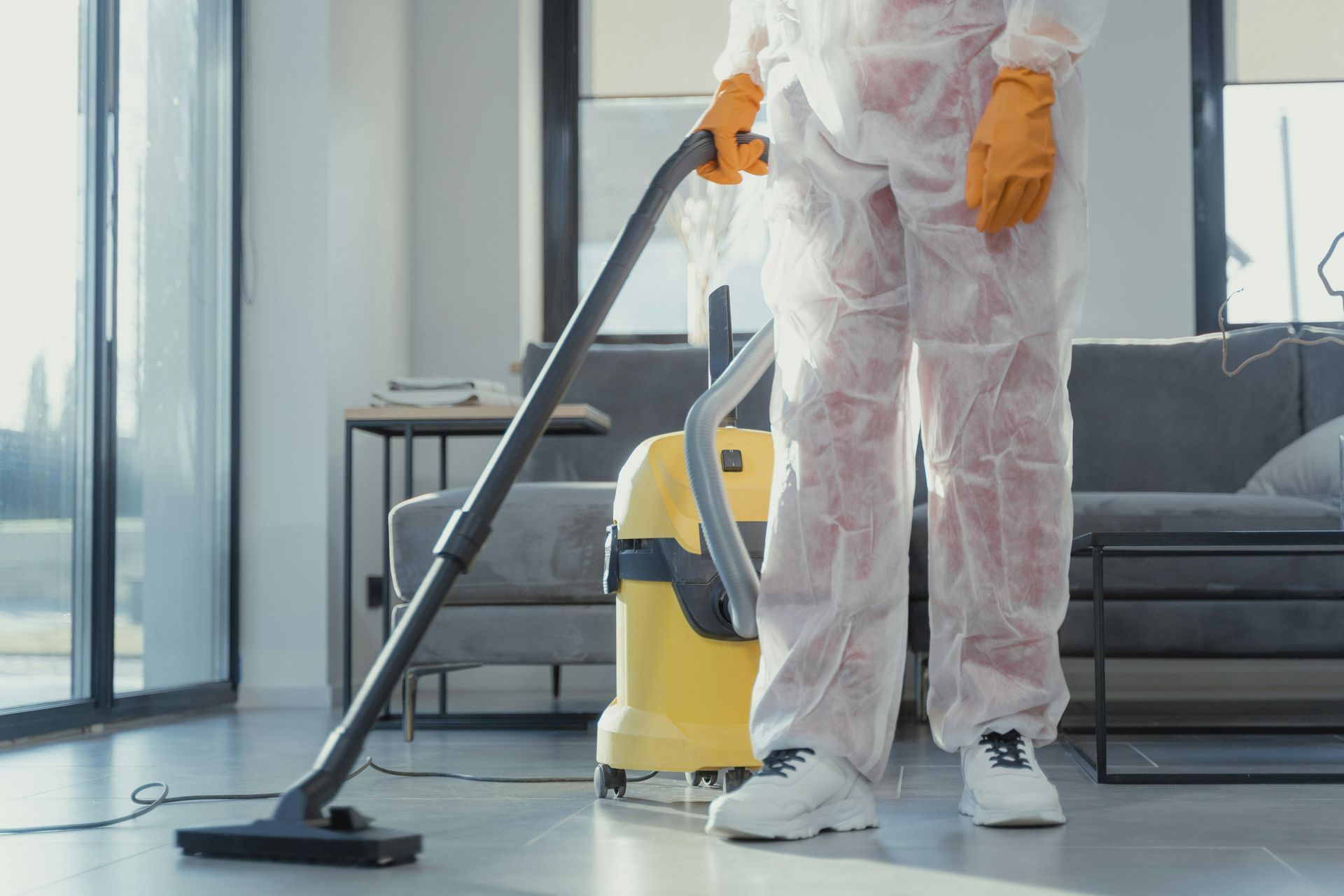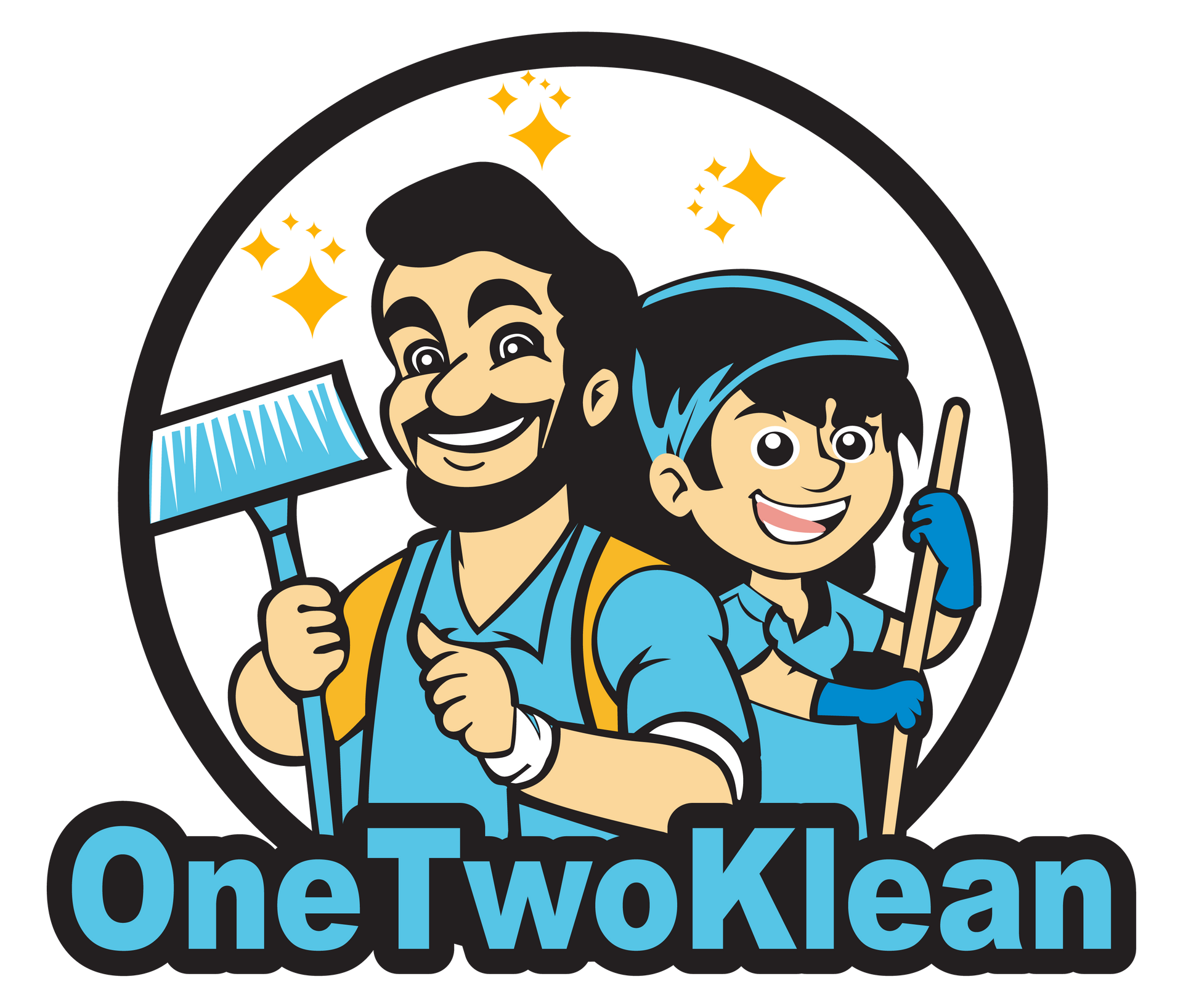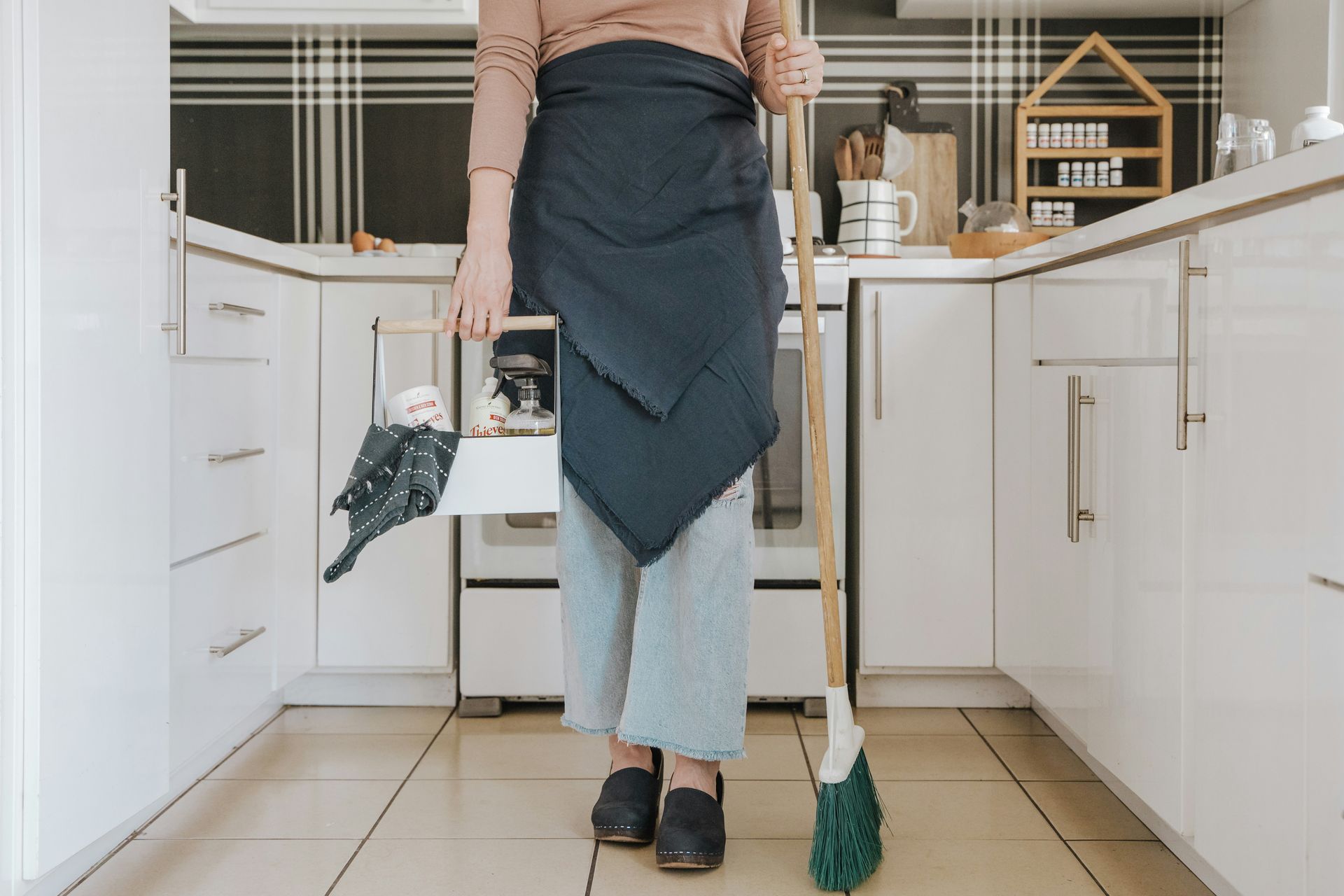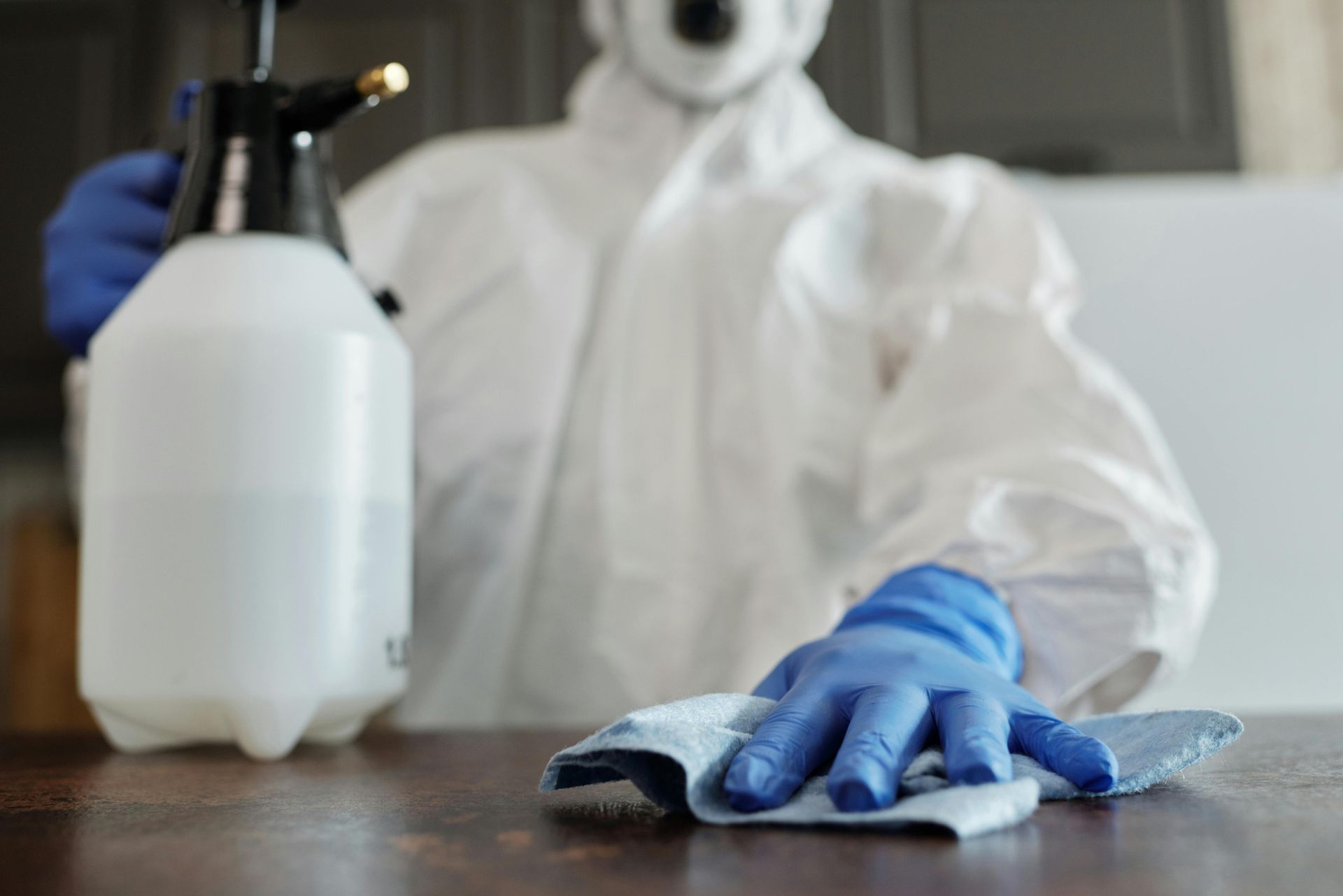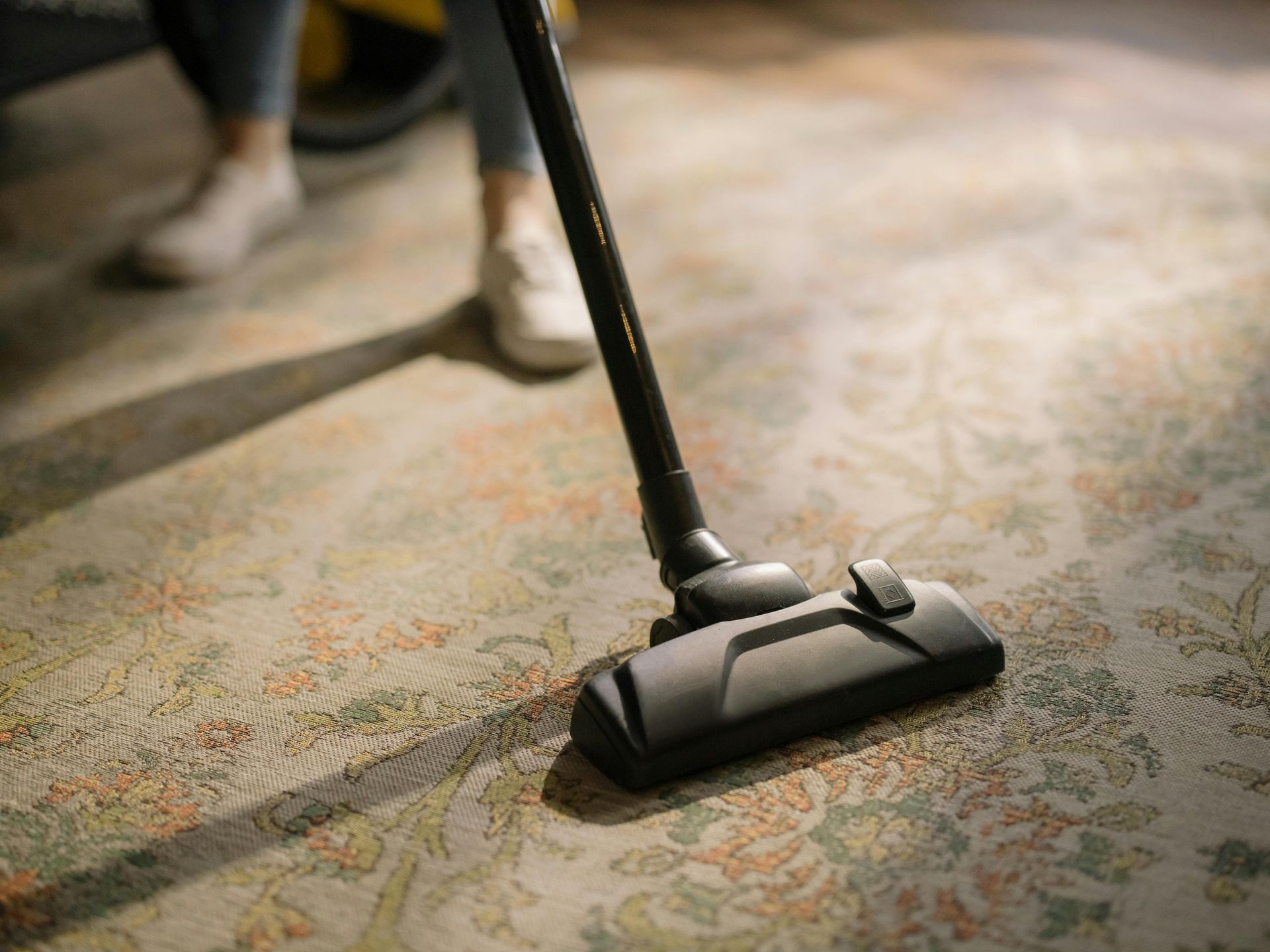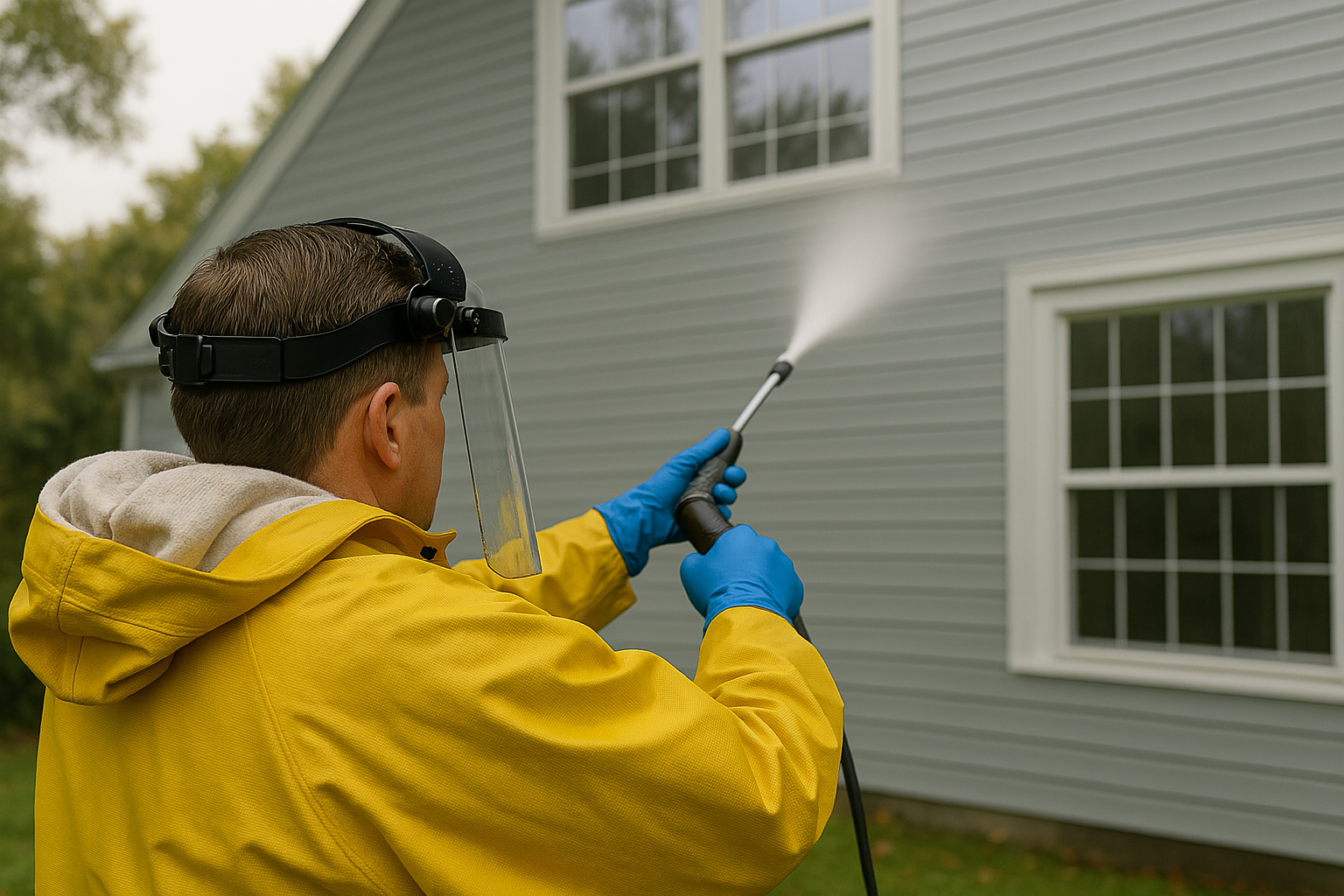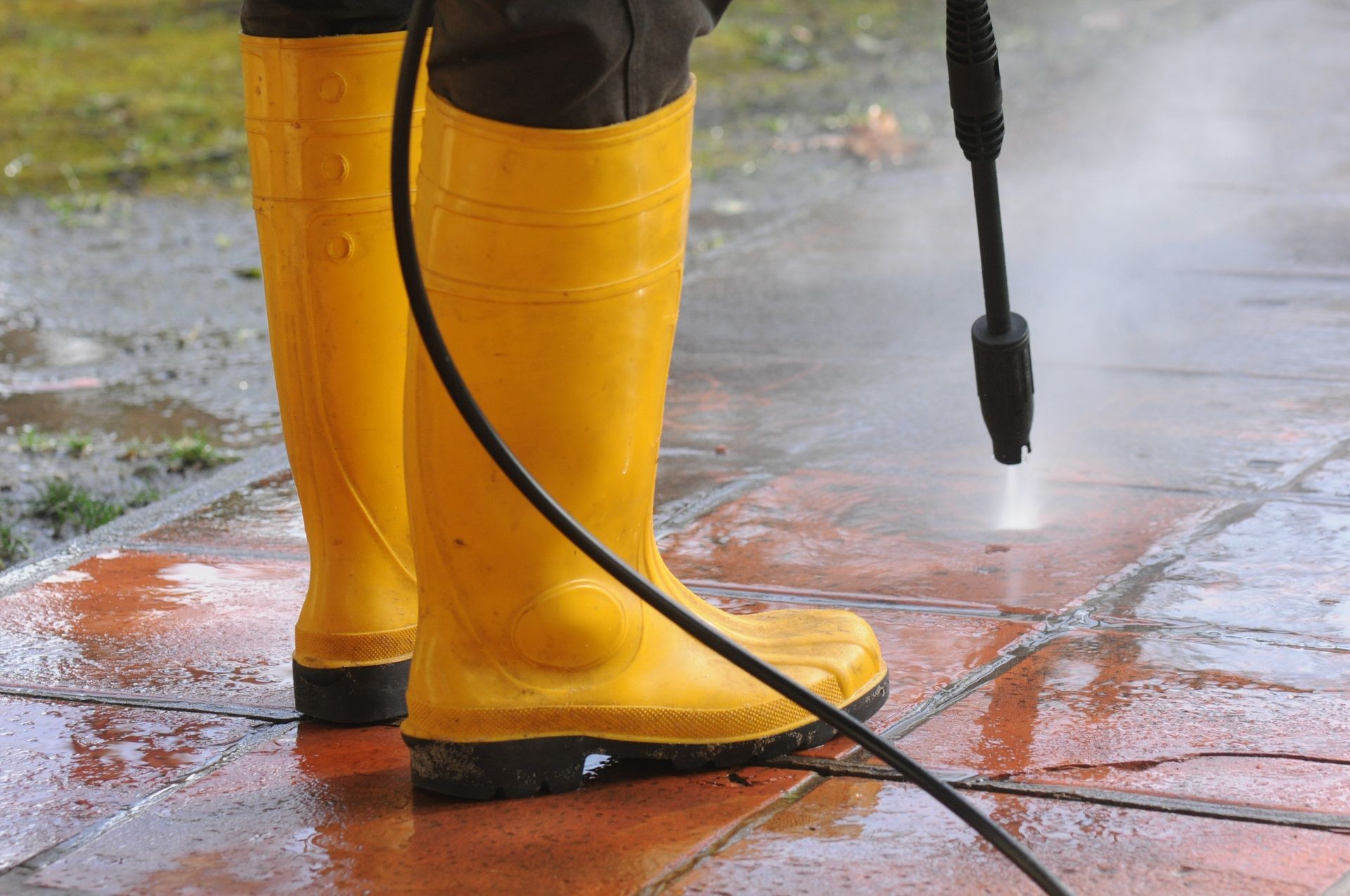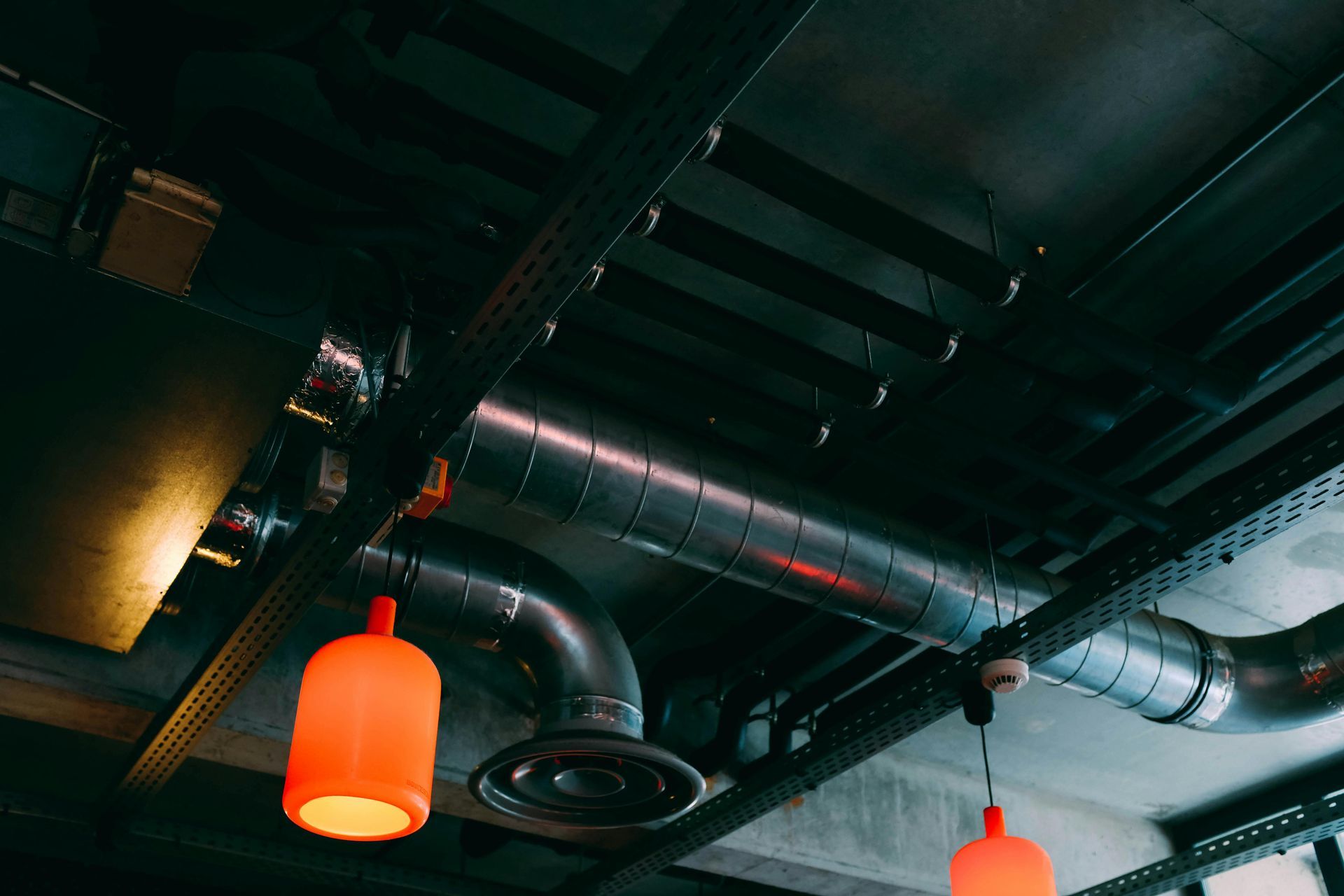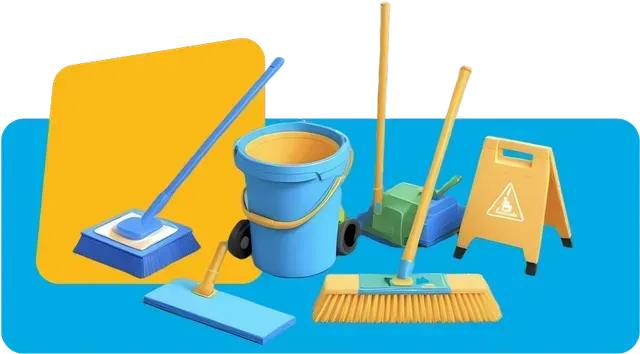Why Healthcare Cleaning Services Are Essential for Patient Safety & Compliance
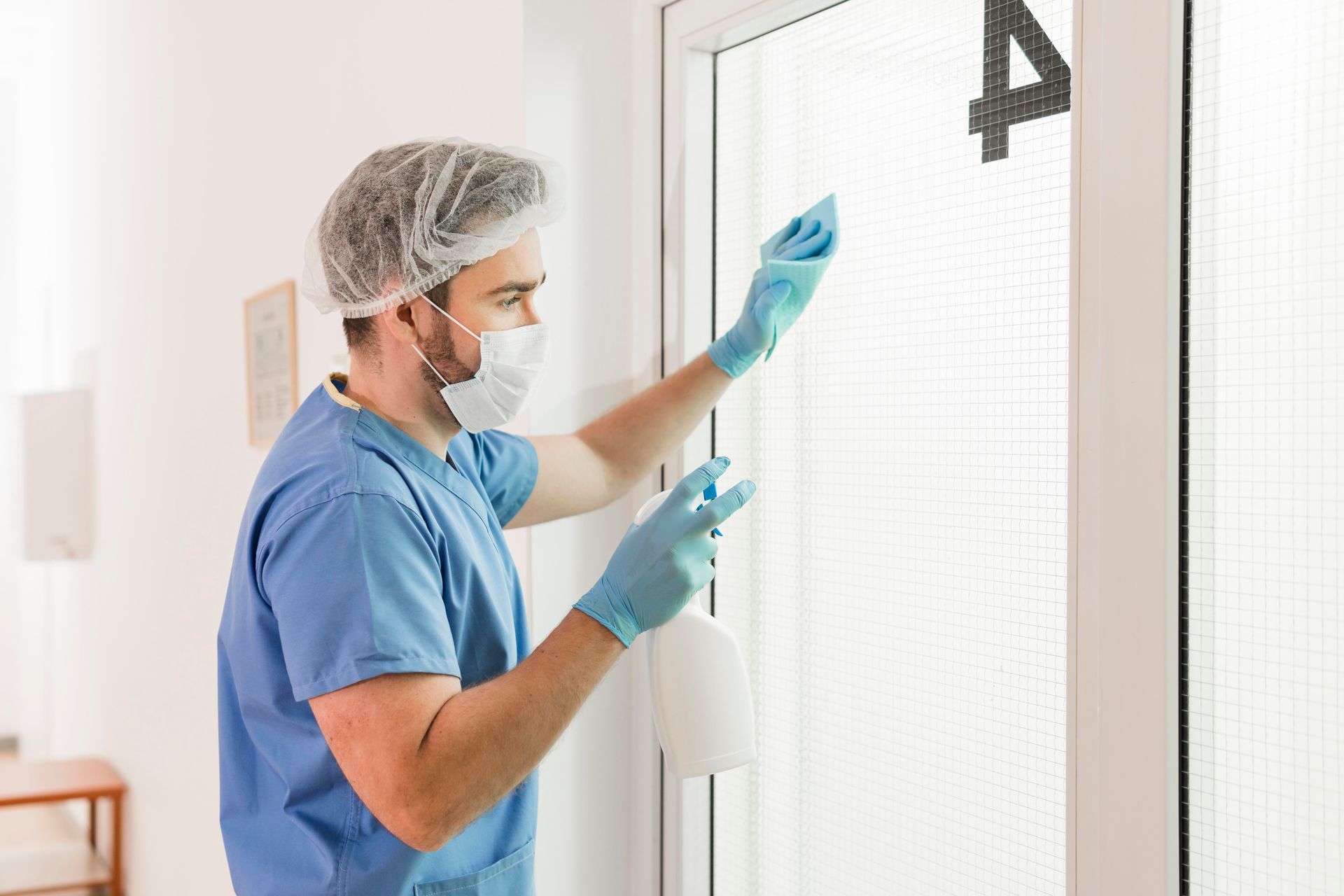
The importance of healthcare cleaning services is evident in the healthcare itself.
While we wish you a happy and healthy life, think about it for a moment, in case you do need medical treatment, would you prefer to be in a place where cleanliness is at par with the healthcare standards or a place where you can visibly see dirty floors, unkept beds, and unclean tools and furnishings?
A clean and safe environment, of course.
That’s why professional healthcare cleaning services are so important to have if you want to take better care of patients and healthcare staff as well as to run a profitable business. Additionally, professional cleaning experts are well aware of the safety regulations concerning the healthcare sector, making sure that your business complies with the health and safety standards at all times.
Today’s article will discuss all about healthcare cleaning services in detail.
Let’s begin!
What Are Healthcare Cleaning Services?
Healthcare cleaning services are when professional cleaners provide the maximum degree of cleanliness and sanitisation to healthcare providers. They use specialised equipment, trained professionals, and tailored cleaning protocols to achieve efficient and effective cleaning.
Reasons Why Healthcare Cleaning Services Are Essential
Following are the key reasons why healthcare cleaning services are crucial for healthcare professionals:
1. Infection Control & Prevention
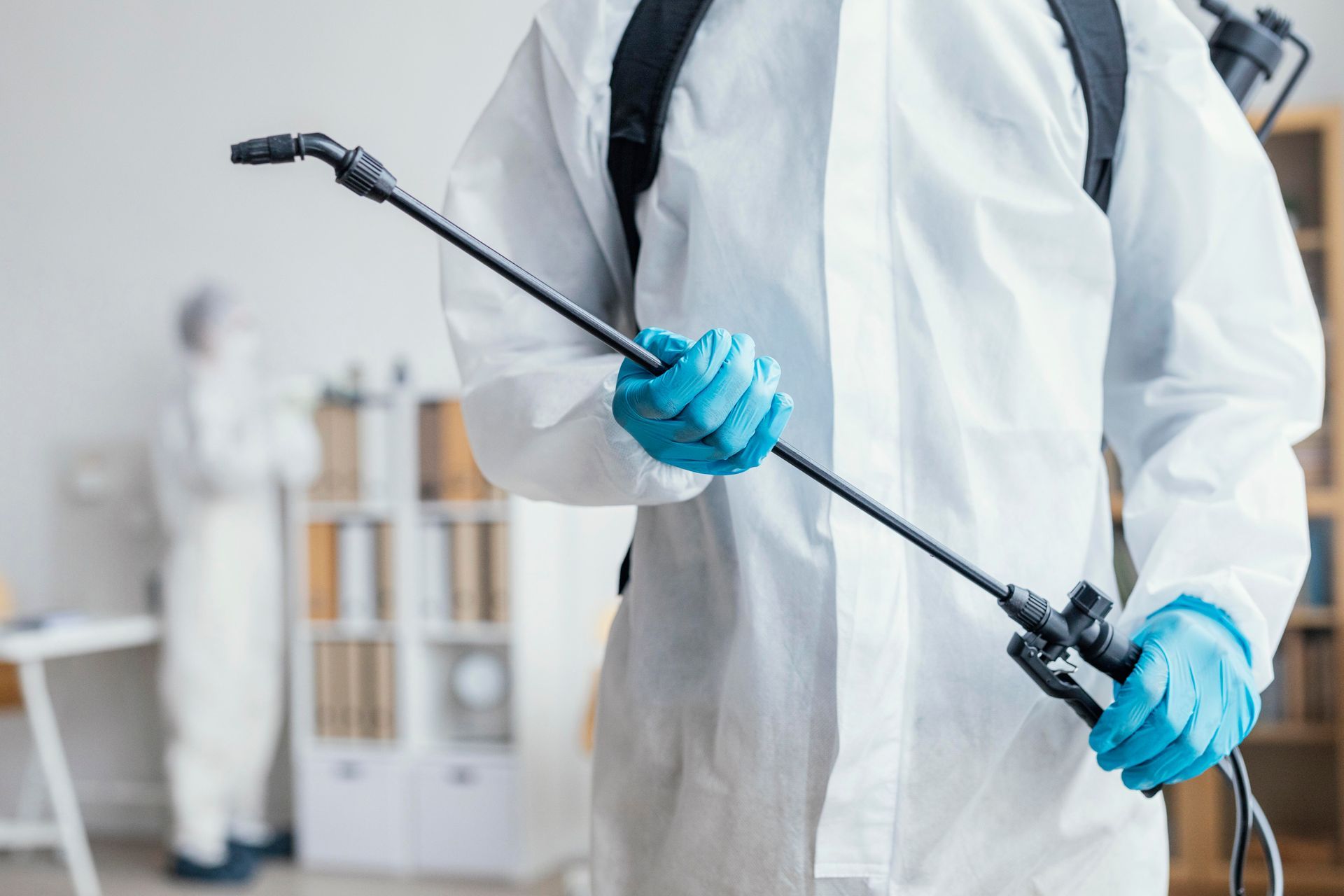
Healthcare cleaning services, because of their rigorous cleaning protocols, eliminate the risk of Hospital-Associated Infections (HAIs). HIAs result due to direct contact with pathogens living on unclean hospital surfaces. Professional cleaning services ensure proper cleaning and sanitisation of healthcare settings, leading to a safer place for both patients and the healthcare staff.
Moreover, professionals use specialised techniques to keep the clean equipment separate from the contaminated ones, ultimately, providing a minimal risk of cross-contamination.
This enhances the overall patient safety and recovery.
2. Regulatory Compliance
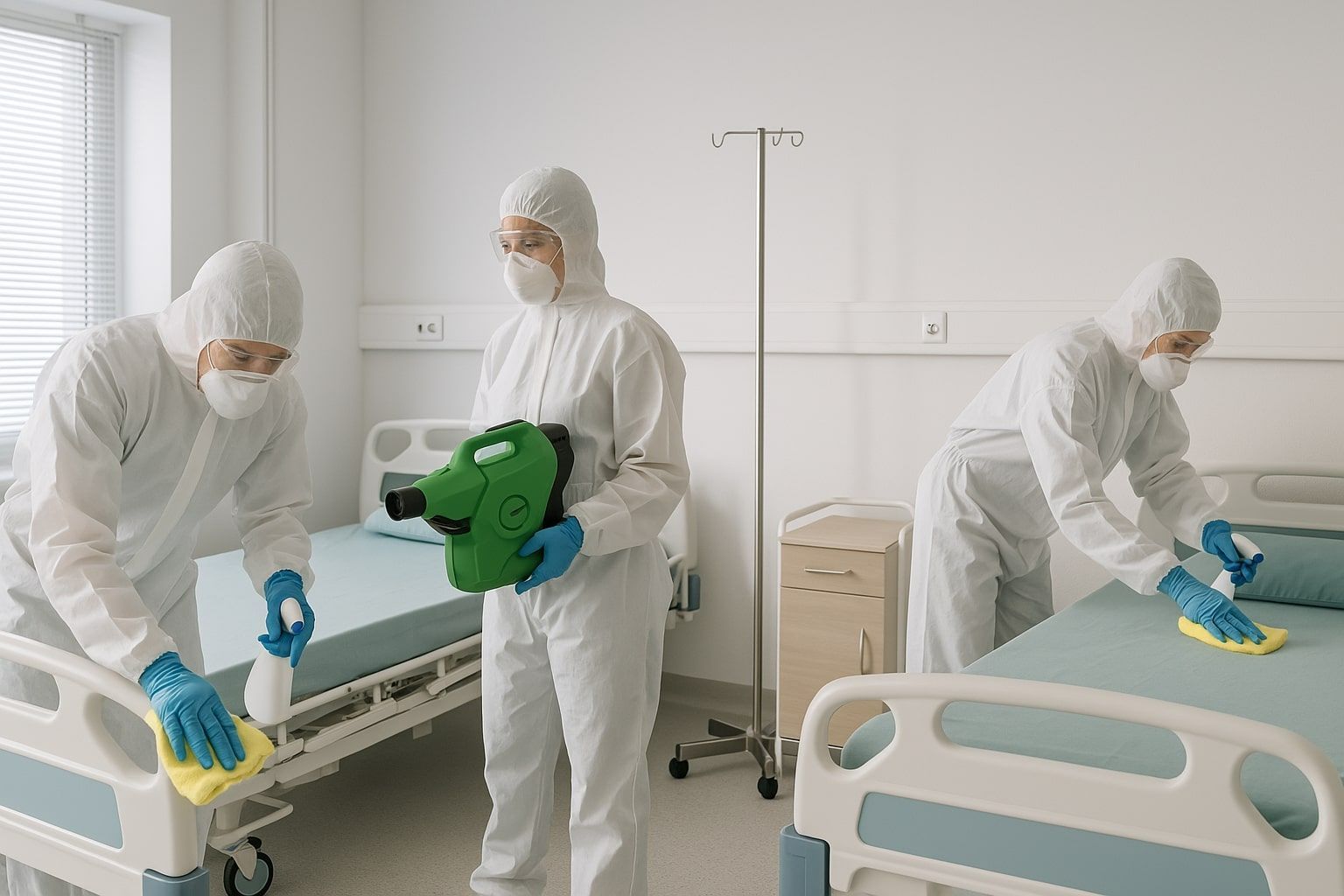
In Australia, there are many regulatory compliance requirements concerning healthcare cleanliness.
For example:
- NSQHS: The National Safety and Quality Health Service Standards (NSQHS), established by the Australian Commission on Safety and Quality in Health Care in collaboration with the Australian Government, aims to provide quality assurance to protect the public from harm and improve the quality of health services providence, ensuring that the expected standards of quality and security are met.
- Australian Guidelines: The Australian Guidelines for the Prevention and Control of Infection in Healthcare state that healthcare-associated infections (HIAs) are among the most common complications affecting patients in hospitals and must be addressed properly. These guidelines have been developed for use by everyone working in healthcare—whether healthcare professionals, management, or support staff, to help reduce the risk of infection in acute healthcare settings.
- SOSU Guidelines: Strategic Operational Services Unit (SOSU) guidelines on environmental cleaning can also be referred to for operational advice such as cleaning frequency and risk management. These national guidelines emphasise that local risk assessments should dictate the selection of cleaning products, methods, and frequencies. They also highlight the importance of routine environmental cleaning and, when necessary, disinfection based on specific circumstances such as outbreaks or the presence of multi-resistant organisms.
Failure to comply with these guidelines can result in business closure and hefty fines.
Healthcare providers might also be held legally liable for failing to comply with health and safety regulations as there’s a significant risk to patients being treated in such facilities (where standards of environmental cleanliness are not being met) and healthcare workers who are actively involved in their treatment.
3. Enhanced Staff Experience & Patient Recovery
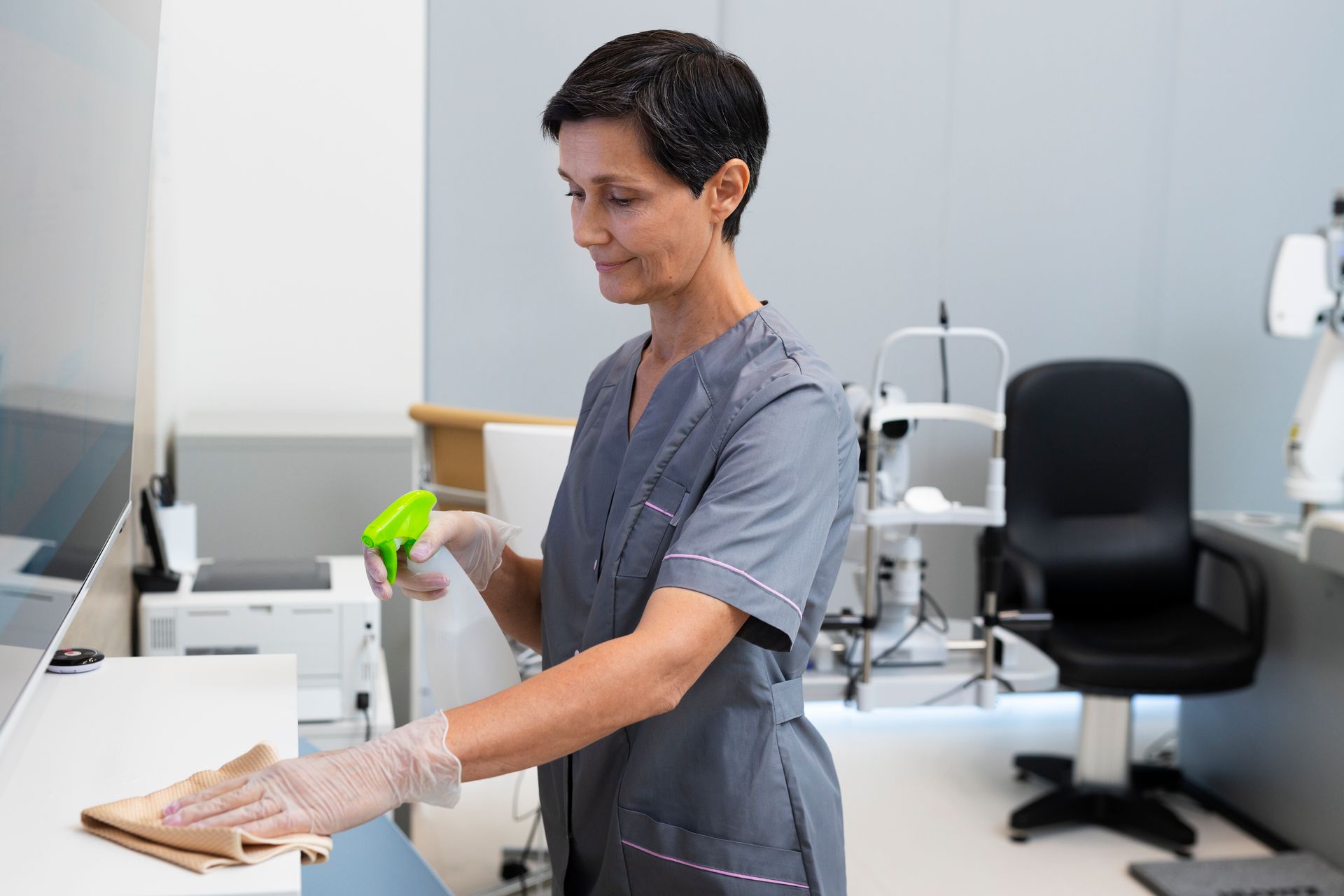
A clean healthcare environment is vital for both patient recovery and staff well-being.
Dirty seat cushions in the waiting room, filled waste cans, or visible dirt and grime on floors and furnishings can signal a lack of commitment to maintaining a safe, healthy space. This can undermine patient trust and recovery.
Professional healthcare cleaning services help create a soothing, safe environment that supports quicker healing and builds patient confidence in the facility. Healthcare workers, exposed to countless germs daily, benefit significantly from these services as well, as they protect both staff and patients from potentially serious and deadly infections.
Professional cleaning services also ensure a more efficient workspace by promoting staff productivity.
Best Practices in Healthcare Cleaning
To achieve optimal cleanliness, healthcare cleaning services must adopt best practices that align with both global and local standards. The following table summarises key practices, derived from industry leaders and regulatory bodies:
| Practice | Description | Relevance to Australia |
|---|---|---|
| Use of Advanced Cleaning Technologies | Employ UV-C devices, electrostatic sprayers, and other innovative tools for enhanced disinfection. | Aligns with Australian Guidelines for infection control, ensuring thorough sanitisation. |
| Regular Staff Training and Certifications | Provide ongoing education on cleaning techniques, safety protocols, and handling hazardous materials. | Required under NSQHS for maintaining high cleanliness standards. |
| Implementation of Stringent Cleaning Protocols | Use colour-coded materials (e.g., green for kitchens, and blue for general areas) and enforce hand hygiene. | Complies with Australian colour-coding guidelines for infection prevention. |
| Tailored Cleaning Protocols | Customise cleaning based on risk assessments, with high-touch areas cleaned more frequently. | Essential for meeting local risk management under SOSU guidelines. |
| Compliance with Regulatory Standards | Adhere to NSQHS, Australian Guidelines, and SOSU for environmental cleaning, ensuring legal compliance. | Critical for avoiding fines and business closure in Australia. |
These practices emphasise the use of use of EPA-approved disinfectants and UV-C technologies for reducing HAIs. Following such protocols ensures adherence to environmental safety standards, which is vital for sustainability and patient trust.
How to Choose the Right Healthcare Cleaning Service Provider?
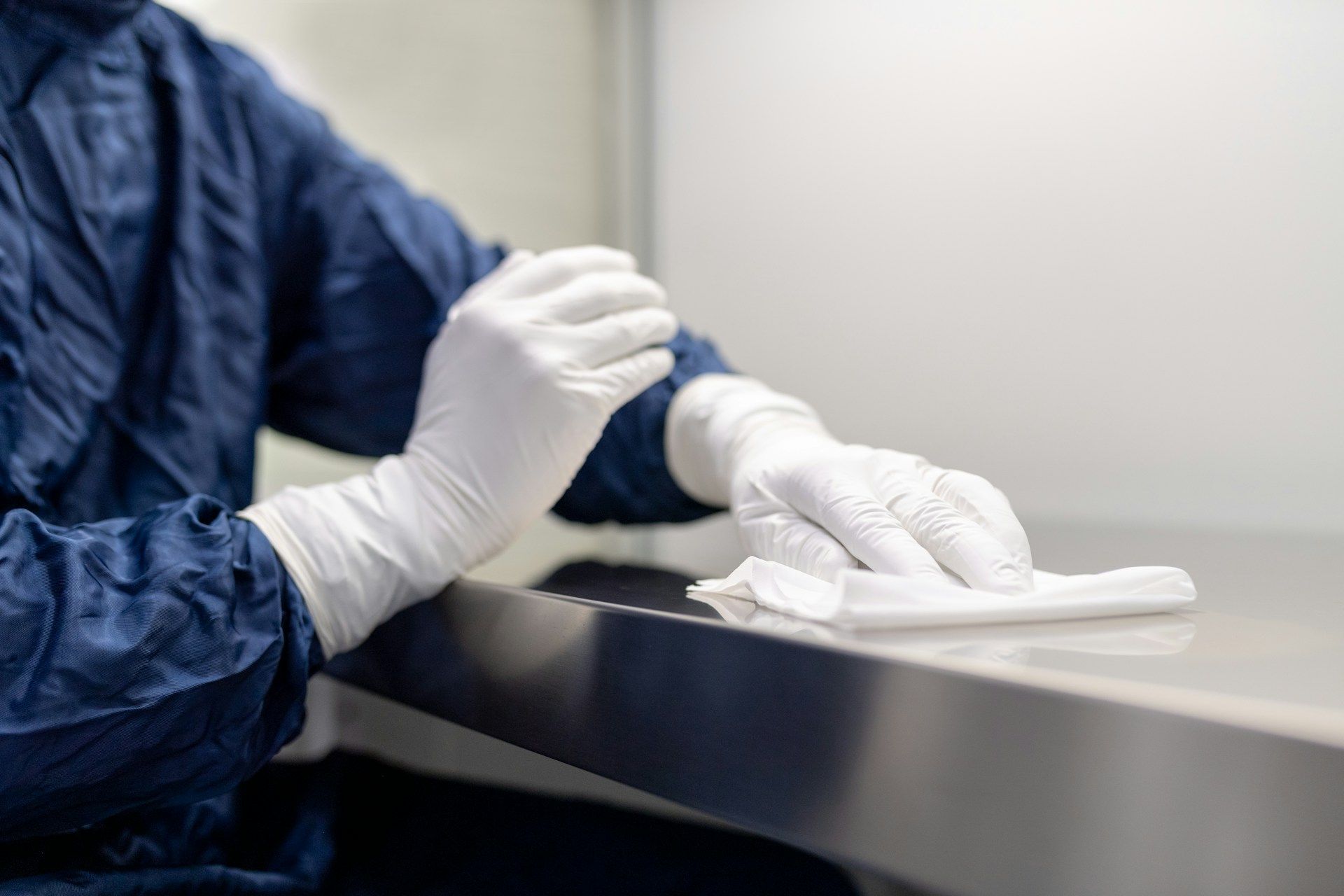
Selecting a healthcare cleaning service provider requires careful consideration of several factors to ensure they meet the unique needs of healthcare facilities:
- Certifications and Experience: Look for ISO accreditation and experience in the healthcare sector, ensuring compliance with Australian health guidelines.
- Client Feedback: Review testimonials and case studies to assess reliability and performance.
- Pricing and Transparency: Ensure competitive pricing with clear service packages, avoiding hidden costs.
- Sustainability: Prefer providers using eco-friendly cleaning methods to minimise environmental impact.
- Regulatory Adherence: Verify the provider’s ability to meet local and national healthcare cleaning regulations.
These elements are crucial for finding a service that aligns with your facility’s goals.
A provider with a strong track record can make all the difference in maintaining a safe, compliant environment. Take the time to research and compare options—your patients and staff deserve the best care possible.
Conclusion
For healthcare facilities in Australia, implementing these best practices and selecting the right provider can significantly enhance patient safety and operational efficiency.
Facilities should prioritise providers with proven track records, such as those with ISO certifications and compliance with NSQHS, to ensure a safe and compliant environment.
In conclusion, healthcare cleaning services are not just about maintaining cleanliness but are integral to patient safety, regulatory compliance, and facility reputation. By following these guidelines and choosing wisely, healthcare providers can create a healing environment that supports quicker recovery and builds patient trust.
That’s all,
Stay Safe, Stay Klean!
